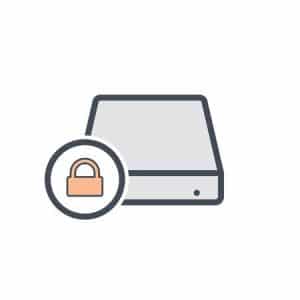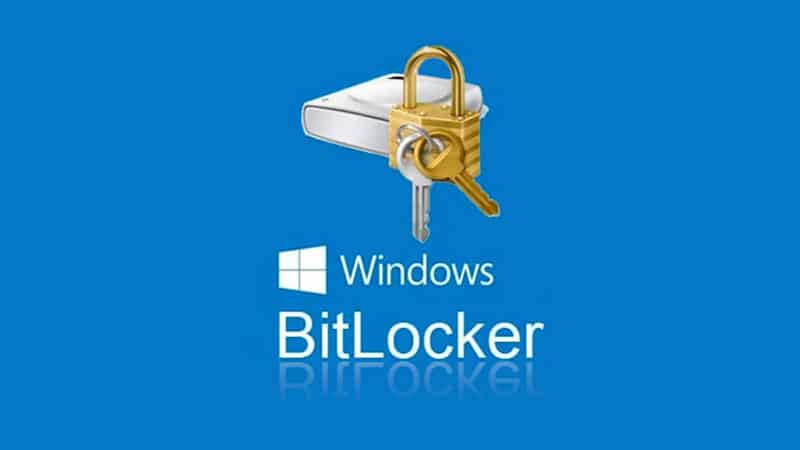Bitlocker is quite a helpful feature for the Windows versions that support it. But it can become a real headache on some occasions. So, if you don’t need it, it might be best to deactivate it. In this article, I will reveal how to unbitlock a storage drive when you don’t need the files saved on it and don’t have access to an already Windows installation. It might be useful when you want to install the drive on a different system, and you don’t remember the key, etc. Let’s roll!

The Hiren’s BootCD way
Hiren’s BootCD is a live portable Windows that can be installed on, e.g., a USB drive and booting by it without installing it on your System. This might be handy in situations like these. You can use other Windows PE, like WinToUSB, etc. I only suggest one of these. Remember to enter the BIOS menu and choose Hiren’s USB to use it. Esc key is the most ordinary, but that depends on your motherboard. Once you boot, you should open Command Prompt (CMD) as an admin. You can read this article for more information. Then you should choose the bitlocked (Bitlocker) drive, e.g., G: and type this command:
manage-bde -unlock G: -RecoveryPassword
This is the command supposing that your drive is G: If it is F:, then you replace G: with F: etc. The next step is to type the following command:
manage-bde -off g:
If G: is your drive. If the drive is F, replace it with f: etc. That’s it! You may now use your drive as you wish.
Installing Windows to a different storage drive
This is a bit more complex because you need to install Windows on a drive to perform the command. If you prefer this method, then install Windows on a different drive and use the CMD commands again as an admin:
manage-bde -unlock G: -RecoveryPassword
This is the command supposing that your drive is G: If it is F:, then you replace G: with F: etc. The next step is to type the following command:
manage-bde -off g:
If G: is your drive. If the drive is F: you replace it with f: etc. That’s it! You may now use your drive as you wish, as the earlier method suggested.
Epilogue
These are two ways to unbitlock a drive when you can’t do it through your Windows OS environment. Keep in mind that this might not work on all occasions and that your stored data would be useless. So, please proceed with caution, as always. If you would like, you can read more Quick Tips here. Stay safe and stay in the know!


